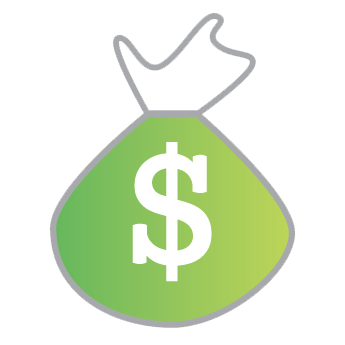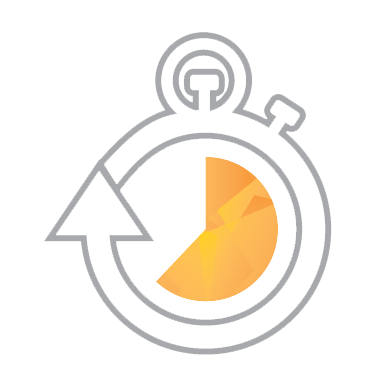Headline: Melbourne median price jumped 22% in 6 months (July to Dec 2009).
Wow, sounds great. Right?
What it should read is: Melbourne buyers are buying more expensive properties. They are not necessarily paying more for a property, they are just upgrading. No need to get excited.
OR
In Fashion: $600k to $900k homes for home upgraders,
Out of Fashion: First Home Buyer market $500k or lower.
But those headlines won’t sell.
Let me explain why…
Beware folks. Reports in the paper about Real Estate House prices and Property Capital Growth can be manipulated quite easily. When reading reports of massive capital growth and good times ahead, always understand what the reporter is actually talking about, or using as evidence.
Maths Lesson 101: Average vs Median Sale Prices
Average House Price: add up all the numbers and divide by the number of numbers.
Example:
$300,000
$300,000
$500,000
$900,000
$1,000,000
add them up equals $3m. Divide $3m by 5 property sales and the answer is $600,000 average sale price.
Median Sale Price: is the exact middle number in a sequence of numbers.
Example: in the above sale prices, the middle number is the third number which is “$500,000” which is the median. In this case the median has exactly two numbers on each side of it. Now if there is no middle number, such as one more sale at $400,000, then average the two middle numbers, which would be an average of $400k & $500k resulting in $450k median sales price. Remember to order all the numbers from low to high before you start computing the median.
So, above we have an average sale price of $600,000, and a median sale price of $500,000.
So what’s your house worth? And what affects these prices?
If your suburb has a wide range of property, say small units at $300,000 and a few large homes with big land selling at $2m, the average price is stretched higher when the large homes sell, inflating the reported average price of a home.
Of course the more properties sold in a suburb, the more they average out, however in a smaller population, the average price may not be accurate. Easily skewed.
A more accurate trend indicator is the median price. Median (or middle) just means there is more volume or sales headed in one direction, showing a trend or central tendency. It does not mean property prices have risen, it just means buyers are looking in a certain range of property instead of another.
Current Property Price Trends
You may have read that most median prices have increased by 10% to 15% across some capital cities in the past 12 months. (Melbourne, Brisbane, Sydney)
It sounds great, however this does not mean you will get more dollars for your property.
Currently, First Home Buyers who have traditionally targeted property under $500,000 (to receive the highest amount of Grants and concessions), have now quietened down a little and investors that waited for things to calm down + restless home “upgraders” have moved into a higher priced property market, around $500k to $900k in some capital cities.
In an nutshell, a different group of buyers has taken over. They are still looking for a bargain so don’t think you can ask for more for your property just yet.
Conclusion:
In Sydney, the median is now over $630,000 reflecting this shift in buyers.
In Melbourne, the median is now over $540,000, reflecting similar trends.
It does not necessarily mean properties have risen in price (maybe just a little), it merely states that a higher price bracket is in favour right now. Remember, things come back into fashion, like an old pair of “volleys”or your brightly coloured “Wham” T-shirt, so don’t feel too disheartened.
So beware of the hype in the press, and understand that the median is not conclusive evidence of property price increases, nor a reason to invest in that city. Buy wholesale, bargain well and invest wisely with solid investment fundamentals like: Buy Low, Sell High.
Now that the maths lesson is over, go do your homework!









